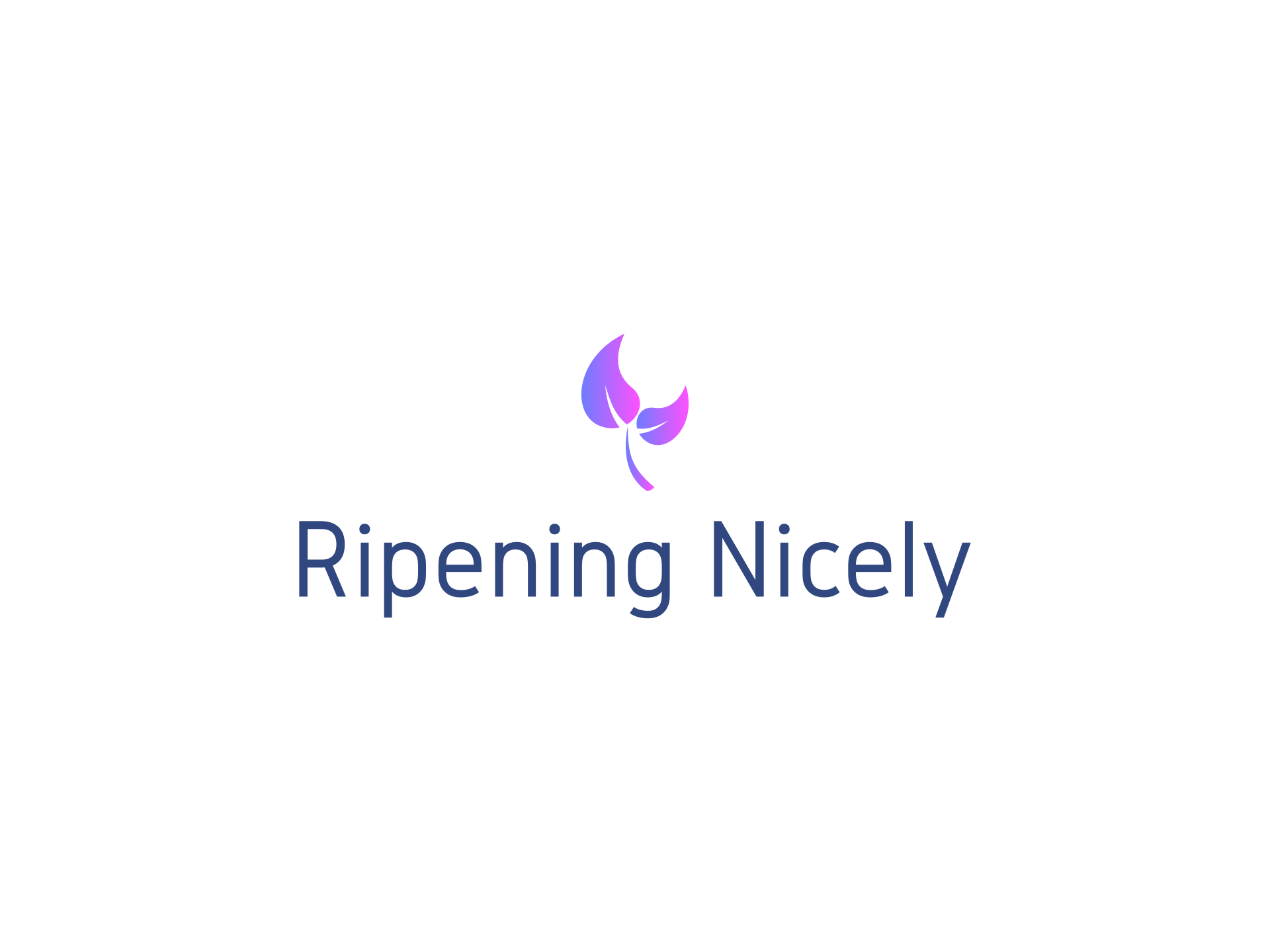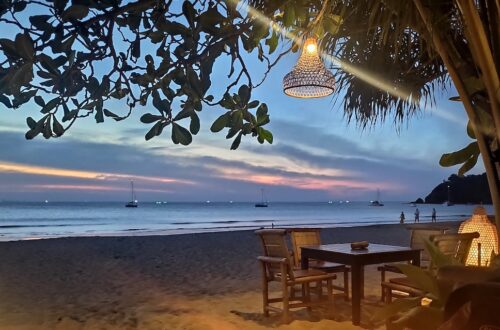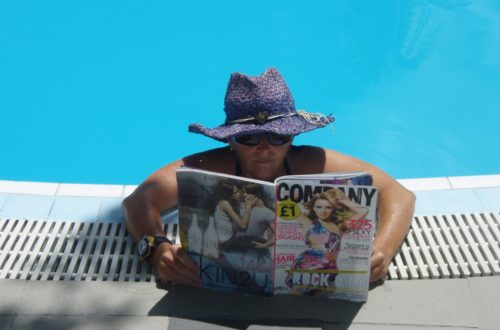
Q is for Quarantine
I clearly remember the excitement as Helen raised the Oman flag, the first time we crossed an international maritime border. That season we kept Aroha in the UAE, just south of the Oman border, so it was fairly easy to cross north to the beautiful Mussandam area of Oman for weekends cruising. Raising a country’s flag is still exciting to us – signalling the completion of a passage and the start of new adventures.
In a back street of the bustling Fort area of Mumbai, a couple of years ago we stumbled upon a local shop that specialised in making maritime flags. By convention and law, we fly a few flags from Aroha. The largest one is Aotearoa New Zealand, flown off the back. Once we officially clear into a country we then fly that country’s “courtesy flag” off the starboard spreader. But before we complete entry formalities, we fly the mustard-yellow “Q” quarantine flag which lets authorities and other yachties know that we haven’t legally entered that country yet. Until Covid came along, we always treated it just as a formality rather than actually respecting the need to physically quarantine ourselves. It’s funny thinking that just two short years ago the word “Quarantine” wasn’t exactly in our daily vocabulary.
The Mumbai shop was a narrow space with a couple of guys toiling away at the hardy looking sewing machines that you see all over India. Their flags were so beautifully made that we decided to stock up on the countries “downstream” that we expected to visit, as well as a few extra Kiwi flags which tend to wear out quite quickly as it’s flown all the time. Not surprisingly, they didn’t hold New Zealand ones in stock but were happy to custom make a few for us, so we agreed to come back a few days later to collect our order.

The closing of countries to foreign visitors was the main reason we paused our cruising plans for almost two years and we’ve been closely watching the gradual reopening during that time. Thailand was one of the first ones to reopen, albeit with strict requirements including seven days quarantine on arrival, the necessity to use a shipping agent and accepting the large fees that incurs. Before leaving India we were told that the seven days quarantine had been rescinded and we would only need to spend one night on board Aroha in the official quarantine anchorage awaiting our PCR tests. About a week out from Phuket we called our agent to update them on our progress and ETA. It was a patchy connection on the satellite phone but he told me that the rules had changed again and now we’d either have to do a week of quarantine if we arrived before 1 April, or just one day if we arrived after. Longing to step onto dry (and not-moving) land, this wasn’t exactly what we wanted to hear – we would need to delay our arrival by about five days to save seven days quarantine – not to mention about $1,000 additional fees. He suggested stopping for a few days at anchor at the top of Sumatra, or at one of the Thai islands south or Phuket. Either option would be flying under the radar – bobbing around at anchor before officially entering a country. Entering Indonesia illegally – hundreds of miles from the nearest clearing in port – didn’t seem like a great idea. Instead we carried on to Ko Racha, a Thai island about twenty miles south of Phuket. Our plan was to anchor there for a while to allow us to formally enter Thailand once the easier requirements came into effect.
By an incredible coincidence, a friend who I used to mountain bike with in Dubai happened to be holidaying on that very island. After making contact through social media she and her beau kayaked out to us the following afternoon – staying a quarantine-safe distance off our stern in their kayaks! She told us that there was a small police station on the island, so we stuck strictly to the principles of quarantine, staying on board except for an occasional cooling swim and avoiding the temptation to go ashore and visit the resort restaurant. Following our agent’s instructions, we left our AIS switched on and flew the Q flag, but I was surprised that a coastguard or police boat didn’t drop by to check us out. Tammy returned the following day with a bag full of supplies – cold beer, fruit and vegetables, thereby adding a new word to the crew vocabulary; “Tammy-tastic!”

Since we were quasi-legal, I felt pretty self-conscious flying our large Q flag. I considered folding it in half a couple of times and pinning it into a smaller size. We weren’t trying to hide – after all, anyone with AIS could see us on their screen – but rather just trying to become a little less conspicuous.
While there was a huge sense of relief that we were finally at anchor, it wasn’t quite the calm anchorage that we were hoping for. Boats at anchor swing around to the direction that yields to the force of the current or the wind. The wind was stronger than forecast and we were quite exposed and at times we ended up facing backwards into the wind and short choppy waves. This is known as “wind over current”, where the wind and current fight each other, resulting in a small but chopped up sea. The passing of the following days was marked by the tide swinging us two times per day, and the different sea conditions that brought.
We spent our last two days at the official quarantine anchorage, where a boat load of officials came out to us to take Covid tests. Almost as importantly, they dropped off three local SIM cards, so we could finally get on line again. The following morning we got our negative tests and finally got the all clear to head to our first Thai marina.

There was quite a blow that morning, and with wind over tide again creating a choppy sea, the last four miles from the quarantine anchorage were “character building”, taking us two long hours to complete. Finally, almost four weeks after leaving India, we pulled into the Ao Po Grand marina in Phuket.


I’ve always been nervous berthing Aroha. In fact, when I bought her I made a deal with the agent that he would give me parking lessons. Sure enough, the day I took delivery we spent a morning going in and out of the club marina in Dubai. It’s quite a skill manoeuvring a yacht in a marina. The wind and the current push you in ways that you may not want and often don’t seem natural. You have to get used to using those quirks to your advantage. For example, if you stop or slow the boat, the wind will swing the lightest part of the boat (the front) to face downwind. It’s not like you can just stop and gather your thoughts like you could parking a car. This is made worse by having to avoid (usually) millions of dollars worth of shiny yachts all around.


This is only the third time in three years that I’ve “parked” Aroha (just the two “sea trials” in Kochi before leaving) and feeling extremely twitchy and with over twenty knots blowing through the marina, I was pleased that the marina staff put us on a temporary berth near the entrance. I’m not used to this kind of full service marina, but it was great to have so many marina staff on hand to take lines and hold fenders in place. There was even a guy in an inflatable dinghy ready to act like a tug boat to push us around as needed.
Helen lowered the “Q” flag, replacing it with the Thailand flag. We walked the short distance to the marina restaurant, more exhausted than celebratory, but very glad to be ashore.
Follow and like us to be notified of future blogs!
www.facebook.com/ripeningnicely






